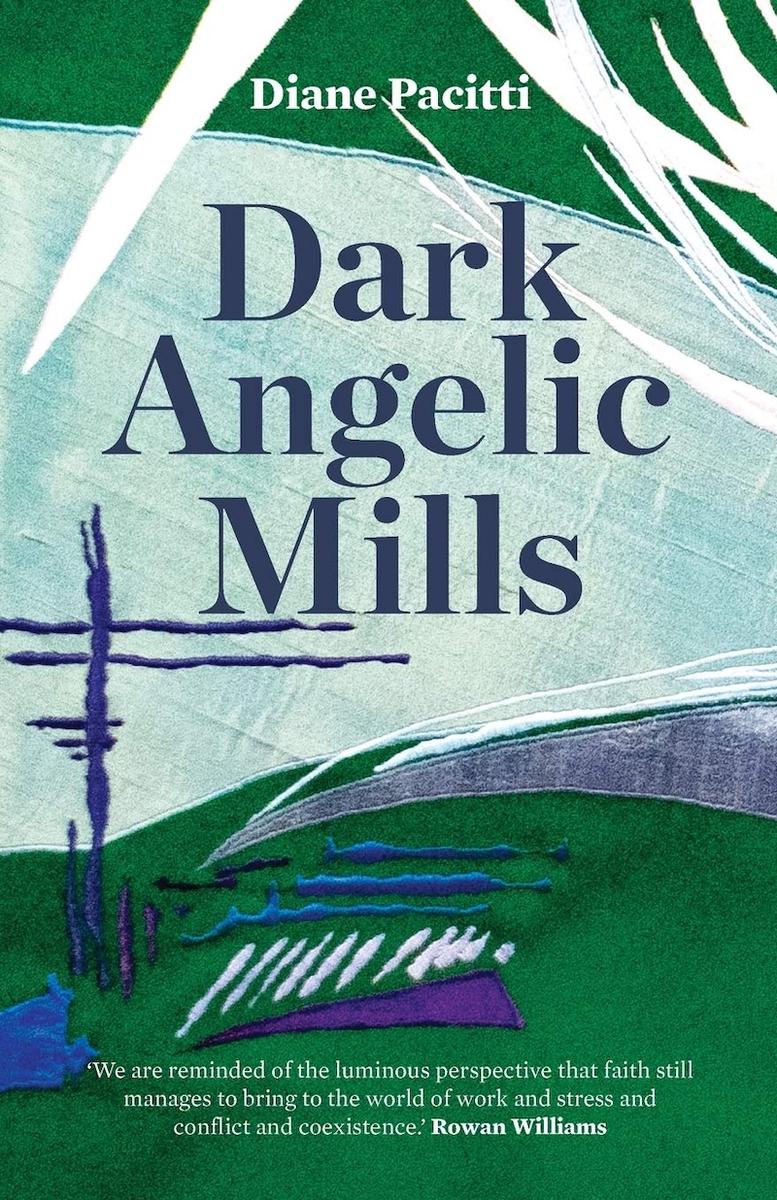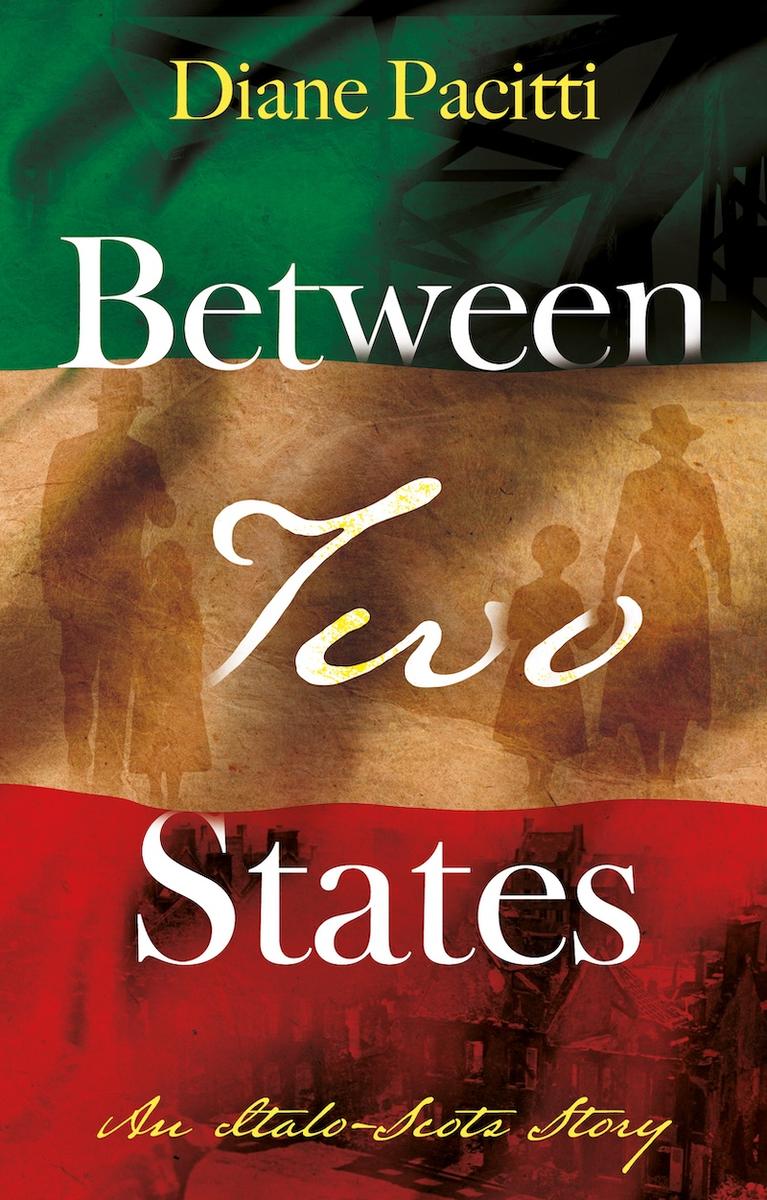Dark Angelic Mills
30 Sept 2020
This collection of poems, created by Bradford Cathedral's Poet in Residence during its centenary year, explores the changing place of the Church in a multi-faith and often stridently secular society where it can no longer speak with its old authority.
Diane Pacitti's poetry envisages a new role of living more truly the presence of Christ. She says, 'I am convinced that if he was born today Jesus would choose Bradford, with its collapsed industrial might, large Muslim population and social and economic stresses, rather than a wealthier and more comfortable cathedral city'.
It includes poems on the landscape and its reduction to ownership and monetary value, and the local impact of wars, industrialism, and the rise of nationalist politics.
It celebrates the great northern spiritual tradition with poems devoted to Hilda and Cuthbert and local figures such as Emily Bronte. Reflecting the Cathedral's rhythm of prayer and its role within the city, poems centred on Christ and the biblical narrative are juxtaposed with others focused on contemporary themes.
Synopsis
Written when I was Poet in Residence during Bradford Cathedral’s Centenary year, these poems explore Bradford’s communities and history, buildings and landscape, while reflecting on the role of the Cathedral. Foreword by Rowan Williams.
We are reminded of bitterly compromised history of the Church itself, but also of the luminous perspective that faith still manages to bring to the world of work and stress and conflict and coexistence.
Rowan Williams.
This fluent and engaging collection provides a model for similar residences.
Martyn Halsall: Church Times.
By tracing Bradford’s history through the Norman conquest, the civil war, industrialisation, empire and more recent civil unrest, we see how humans have misshaped this place. But Pacitti’s message is not one of despair. Something can be done and must be done.
Alastair Smurthwaite: Progressive Voices.
One of the most distinctive residencies so far… Pacitti’s work breaks new ground by observing how a cathedral may need to develop a new role as history changes around it, and it becomes a part of that communal history.
Sally Harper: Journal of Beliefs and Values.

